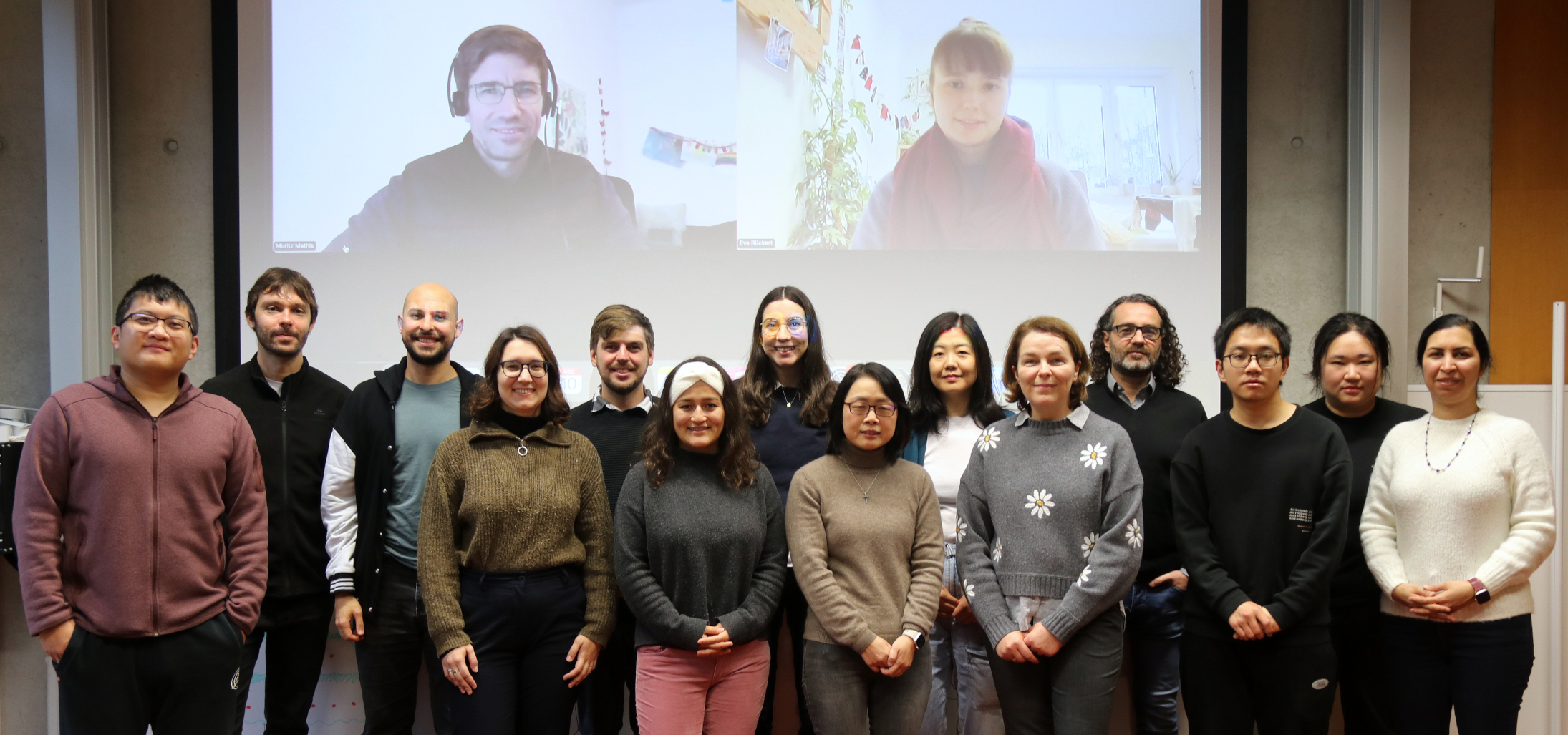Modeling the carbon cycle in the Earth system
Ongoing climate change is essentially a CO2 problem. It can only be solved by drastically cutting CO2 emissions. Thereby there are fundamental uncertainties in our understanding of how the carbon cycle and carbon-climate feedbacks change in response to changing anthropogenic emissions. The group "Modeling the carbon cycle in the Earth system” directly addresses this problem through its research on the relationship between emissions and the global carbon cycle.
The research scope of the group is on the oceanic cycles of carbon, nitrogen and oxygen, and the group’s philosophy has been to address these cycles as an interactive component of the Earth system. In particular, we investigate the variability and predictability of processes regulating the ocean carbon sink and carbon-climate feedbacks. These research topics are studied in concert with variability and changes in Earth's climate and ocean physics in the past, present, and future, in the framework of the Earth system model. The group also focuses on the functioning of the biological pump, evolution of the oxygen minimum zones and related transformations in the marine nitrogen cycle.
One of the ongoing efforts has been on advancing the HAMOCC (HAMburg Ocean Carbon Cycle) model - the main working tool of the group - including incorporation of new processes to fill gaps in our understanding of the ocean carbon sink under changing climate and extensive evaluation of model performance. This is taking place within the Earth system model MPI-ESM and, currently, within the ICON (ICOsahedral Non-hydrostatic) model framework configurations for longer time scales, as well as with the scope of addressing meso- and submeso-scale processes in ocean biogeochemistry.
For more information, please visit www.TatianaIlyina.earth

